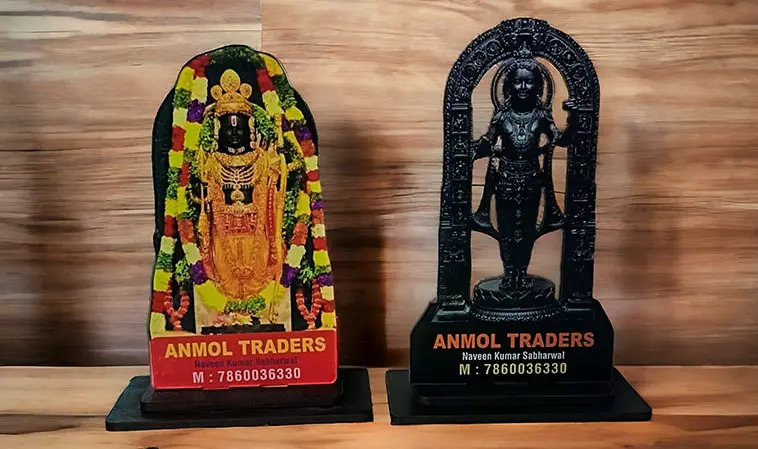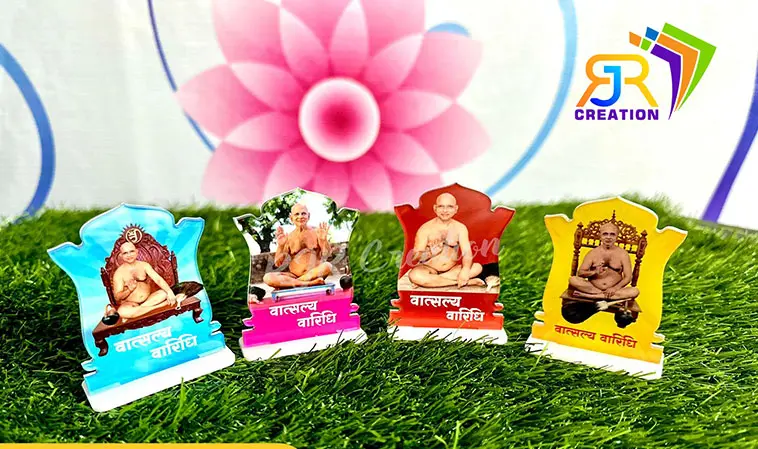
How Digital Printing Revolutionizes Product Packaging?
In the dynamic world of product packaging, the emergence of digital printing has sparked a revolution, redefining the way brands engage with consumers and enhancing the overall product experience. Gone are the days of static, one-size-fits-all packaging designs. With digital printing, brands now have the capability to personalize packaging on a mass scale, driving innovation, sustainability, and customer satisfaction to unprecedented heights.
- Personalization at Scale: Digital printing empowers brands to tailor packaging designs to specific demographics, regions, or even individual consumers. Through variable data printing techniques, brands can seamlessly integrate unique text, images, or QR codes onto packaging, creating a personalized connection with customers. This level of customization not only enhances brand loyalty but also enables targeted marketing strategies that resonate with diverse audiences.
- Speed and Flexibility: Traditional printing methods often entail lengthy setup times and high production costs, limiting the agility of brands to respond to market trends or sudden demands. Conversely, digital printing offers unparalleled speed and flexibility, allowing brands to swiftly adapt packaging designs, launch limited editions, or execute seasonal promotions with minimal lead time. This agility is paramount in today’s fast-paced consumer landscape, where adaptability is synonymous with success.
- Enhanced Visual Appeal: The digital printing process boasts exceptional color accuracy and resolution, enabling the creation of stunning, eye-catching packaging designs that captivate consumers’ attention. Brands can experiment with intricate patterns, vibrant hues, and tactile finishes to elevate the visual appeal of their products on the shelf. Moreover, digital printing facilitates the reproduction of intricate artwork and gradients with precision, unleashing boundless creativity in packaging design.
- Sustainability and Waste Reduction: In an era marked by heightened environmental consciousness, digital printing emerges as a sustainable alternative to conventional printing methods. By eliminating the need for printing plates and minimizing ink waste during setup, digital printing significantly reduces carbon footprint and material usage. Furthermore, its on-demand production capability mitigates overproduction and excess inventory, contributing to a more environmentally responsible supply chain.
- Supply Chain Optimization: Digital printing facilitates seamless integration with digital workflows and supply chain systems, streamlining the entire packaging production process from design conception to distribution. Real-time data analytics enable brands to optimize inventory levels, minimize stockouts, and enhance forecasting accuracy, resulting in cost savings and operational efficiency. Additionally, digital printing enables just-in-time manufacturing, reducing storage requirements and enhancing inventory turnover rates.
- Interactive and Engaging Experiences: With the integration of augmented reality (AR) and interactive packaging technologies, digital printing transcends traditional boundaries, transforming product packaging into immersive brand experiences. By scanning QR codes or utilizing AR-enabled mobile apps, consumers can unlock exclusive content, access product information, or participate in interactive games directly from the packaging. This interactivity fosters deeper consumer engagement and cultivates brand loyalty through memorable experiences.


